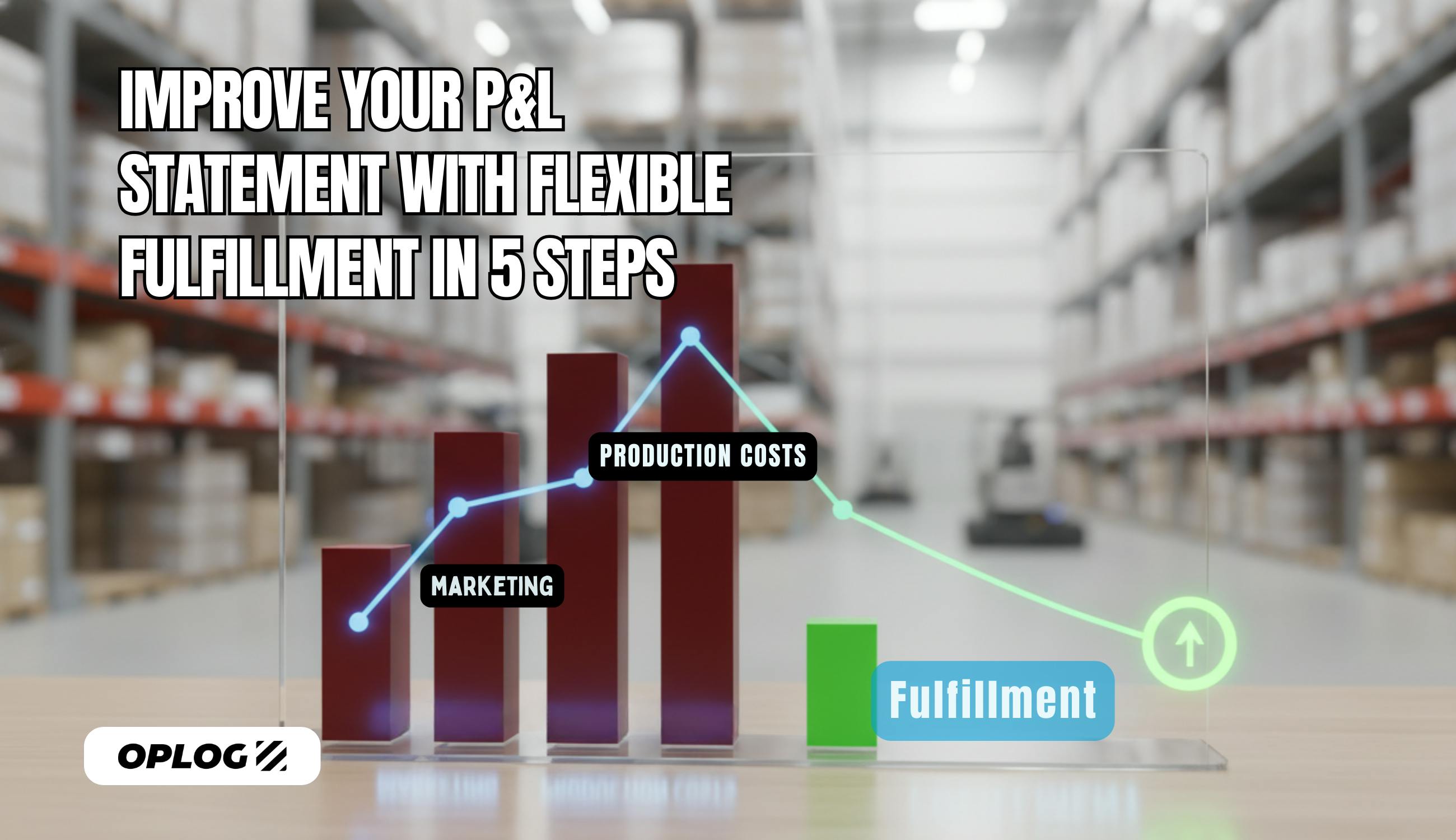8 Tips For Your Inventory Management
It is recommended to do your inventory stock controls if you want to handle the shopping season for your eCommerce business in a good way. But, have you ever heard the tips that will make your inventory stock control easy? If you are looking for some tips that will make stock control easy, do not worry about it because this blog is written for you!
What is Inventory Management?
Inventory management is a need for your eCommerce business to make your controls regularly and honestly and keep your cost at a minimum while meeting the customers' demands.
How to Do Inventory Management?
There is no accurate way to manage inventory, which varies from company to company. Some firms have manually done their inventory management controls using human power, but most firms prefer digital systems produced for inventory management.
Points to Consider in Inventory Management
Inventory management has some steps to make it properly. First, you need to know the storage you will use and decide how to use it. After, you should separate your products by their features, numbers, or whatever you believe will be easiest for you and make a list for them. It would be best if you decided on the barcode types you want to use to provide entrance and exit of the products from the warehouse.
In addition, you should revise your stock costs, understand the customers' demands fully, and follow the shelf life of your products in stock. It is essential to make stock controls, especially on shopping days like Black Friday, Mother's Day or Valentine's Day, etc. At the end of all of this, prepare reports regularly to see your success in stock management.
Key Benefits of Inventory Management
And these are the advantages of managing your stocks without errors:
- With stock management, you ensure regular and continuous production, supply, and sales processes for your eCommerce brand.
- Your product loss rate will be minimized because your stocks will be checked regularly,
- It will be much easier to determine your missing or excess products.
- When you prefer stock management with technological ways like special software, you will save a lot of time.
- It becomes much easier to manage your warehouse.
- Controlling your stocks accurately during the shopping season ensures that your product'S inventory status is always up to date. Thus, you will not be ashamed of your customer for selling an out-of-stock product.
Possible Disadvantages of Inventory Management
While it has great importance to do stock control for a firm, it would have some disadvantages when it does not apply as it's supposed to be;
- Using your software designed for stock management not correctly or even if a minor fault in it would cause problems like an out-of-stock product to appear as if you have a product that is in stock.
- Not having more stock than necessary is a golden tip for you. Because it depends on the outside effects like the pandemic or changes in the products that are popular, the demand for your product may drop suddenly, and the price of the item held in stock may decrease, ending in a loss.
8 Essential Tips for Inventory Management
1) Invest in Inventory Management Software
Manual inventory tracking may be acceptable for small businesses. Spending more time managing the inventory than running the business, however, would not be sustainable as your company grew. Stock control would be simpler if you used quality inventory management software because you wouldn't need to perform any manual tasks.
2) Don't Skip the Stocktaking
To handle the shopping season as non-problematic and organize your eCommerce sales best, you should check your stocks regularly and not skip stocktaking.
3) Calculate Your Costs
Checking the costs regularly with inventory management, you can see the warehouse costs, your product costs, and logistics costs. It is essential to check to see unexpected costs for your eCommerce brand.
4) Track Your Sales
Keeping a lot of stock may end in a loss because there are no sales. In this situation, the financial issues that may arise because of your low sales and the reduced location in your warehouse is a problem. You need to keep your stocks at an optimum and to understand which product you need or how much, you need to examine your cumulative sales and prevent the extra costs that may arise from an excess of stock.
4) Shelf Life of Products
Products with short shelf life should be controlled by the principle of FIFO (first in, first out). This way, you can prevent the deterioration or aging of the products on the shelf and control potential costs.
5) Returned Product Controls
Just like every other eCommerce business, there is always a chance for your products to be returned by the customer. Once the product is returned, it also needs to be returned to the inventory. First of all, you should check the product and be sure to do the returned product controls carefully, for example. If a product is returned due to some fault, you should put it back elsewhere than the others. If you do not take care of this, you may send your faulty product to different customers; You will increase your shipping costs due to ongoing returns and decrease customer satisfaction.
6) Detail Your Product Descriptions
If your eCommerce brand's products are known by descriptions clearly, it will help you place all your products in your warehouse by categorizing the features. Insufficient explanation of the features of similar products may lead to incorrect product selections in the warehouse.
7) Always Stay In Touch With Your Supplier
The strong communication you should have with your supplier protects you from the lack of products that may occur due to the shopping season. You should ensure that you can reach your supplier for the products you need when you need them or before the shopping seasons that require excess stock. You may also consider working with multiple suppliers to secure your business. These will prevent you from experiencing stock problems and enable healthy stock management.
8) Embrace Inventory Forecasting
Utilize historical sales data, market trends, and demand patterns to forecast future inventory requirements. Accurate forecasting aids in making proactive decisions on procurement and inventory planning.
Inventory management is a process that must be carried out optimally.
Partnering with OPLOG, you can control the inventory management of your eCommerce brand need by using OPLOG One on a single panel with minimum errors. With Omnichannel fulfillment, we facilitate your inventory management by gathering them on a single platform for you. Our warehouse management systems work flawlessly in the background in all cases where products are offered for sale in one or more channels and marketplaces.
We provide not only your warehouse stock management but also your order management, product packaging, shipping and return processes, and customer communication through systems with fully integrated infrastructures. When we take over all these processes from you, you can focus on your sales and goals.






